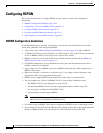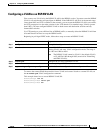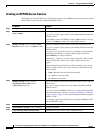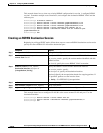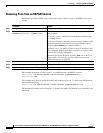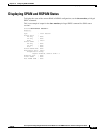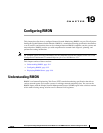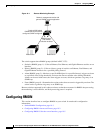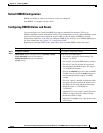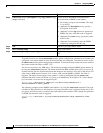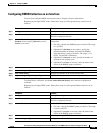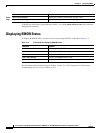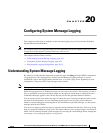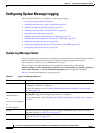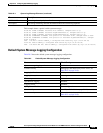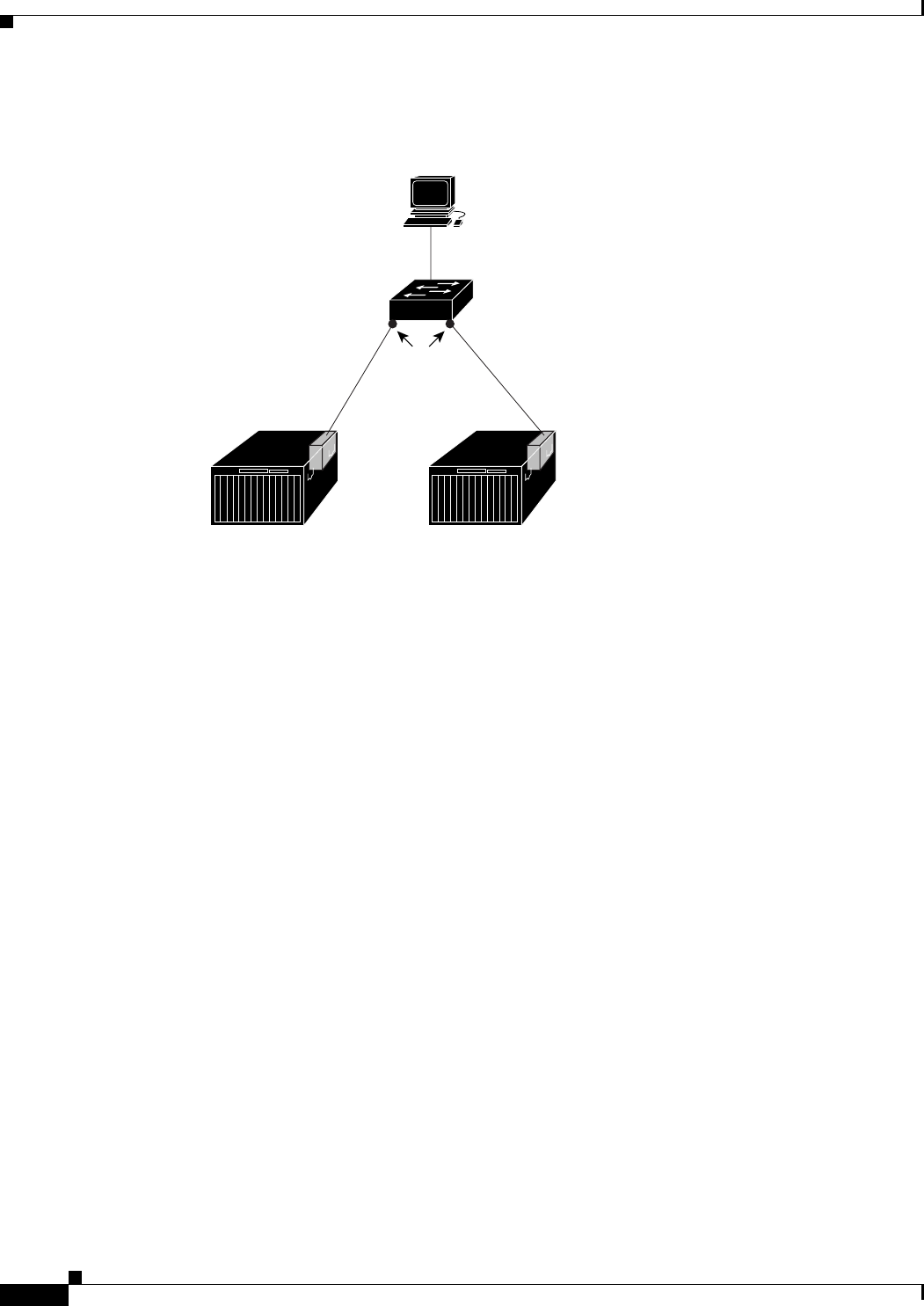
19-2
Cisco Systems Intelligent Gigabit Ethernet Switch Modules for the IBM BladeCenter, Software Configuration Guide
24R9746
Chapter 19 Configuring RMON
Configuring RMON
Figure 19-1 Remote Monitoring Example
The switch supports these RMON groups (defined in RFC 1757):
• Statistics (RMON group 1)—Collects Ethernet, Fast Ethernet, and Gigabit Ethernet statistics on an
interface.
• History (RMON group 2)—Collects a history group of statistics on Ethernet, Fast Ethernet, and
Gigabit Ethernet interfaces for a specified polling interval.
• Alarm (RMON group 3)—Monitors a specific MIB object for a specified interval, triggers an alarm
at a specified value (rising threshold), and resets the alarm at another value (falling threshold).
Alarms can be used with events; the alarm triggers an event, which can generate a log entry or an
SNMP trap.
• Event (RMON group 9)—Determines the action to take when an event is triggered by an alarm. The
action can be to generate a log entry or an SNMP trap.
Because switches supported by this software release use hardware counters for RMON data processing,
the monitoring is more efficient, and little processing power is required.
Configuring RMON
This section describes how to configure RMON on your switch. It contains this configuration
information:
• Default RMON Configuration, page 19-3
• Configuring RMON Alarms and Events, page 19-3
• Configuring RMON Collection on an Interface, page 19-5
Catalyst 3550 switch
RMON alarms and events
configured. SNMP configured.
RMON history
and statistic
collection enabled.
92428
BladeCenter BladeCenter
Network management station with
generic RMON console application



